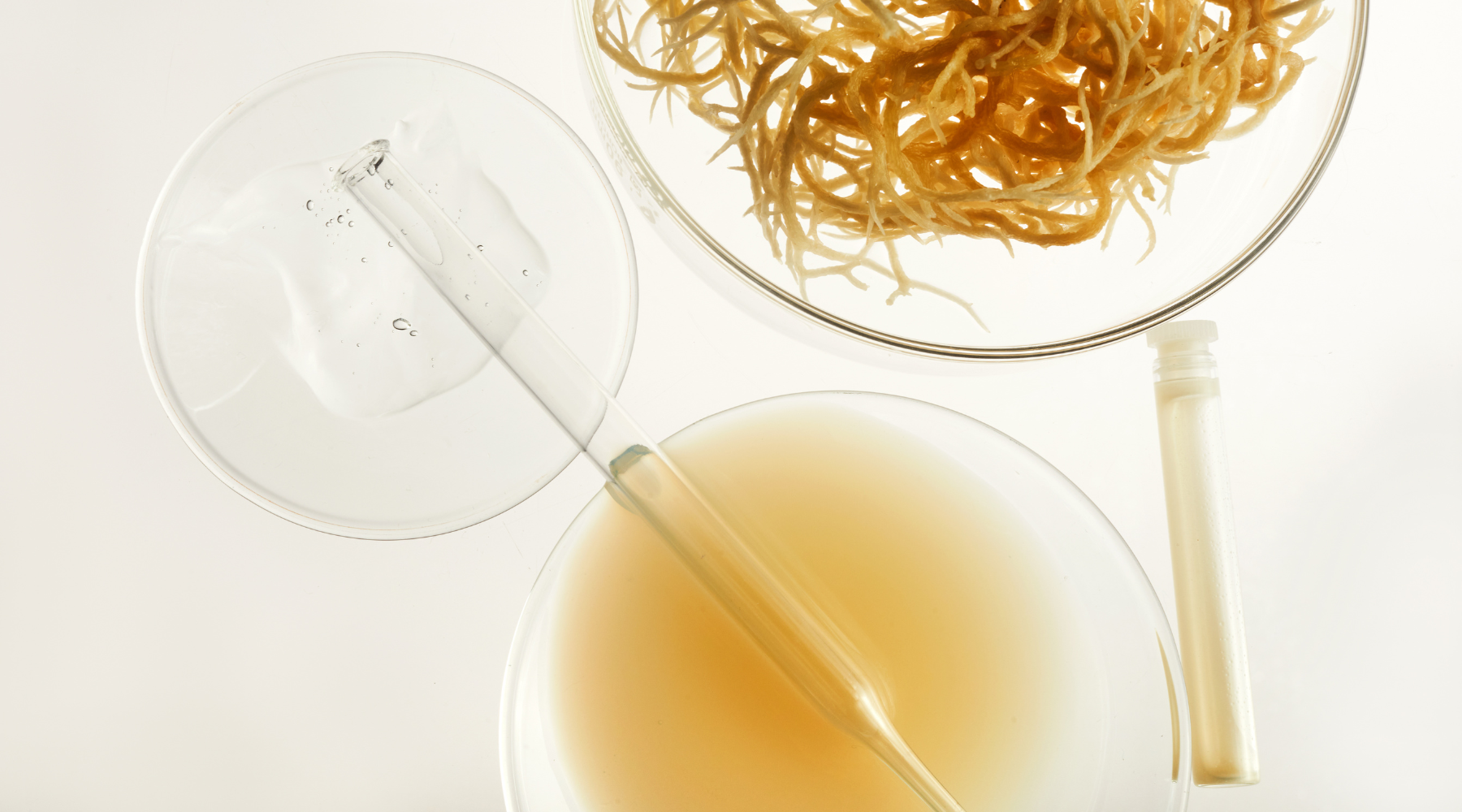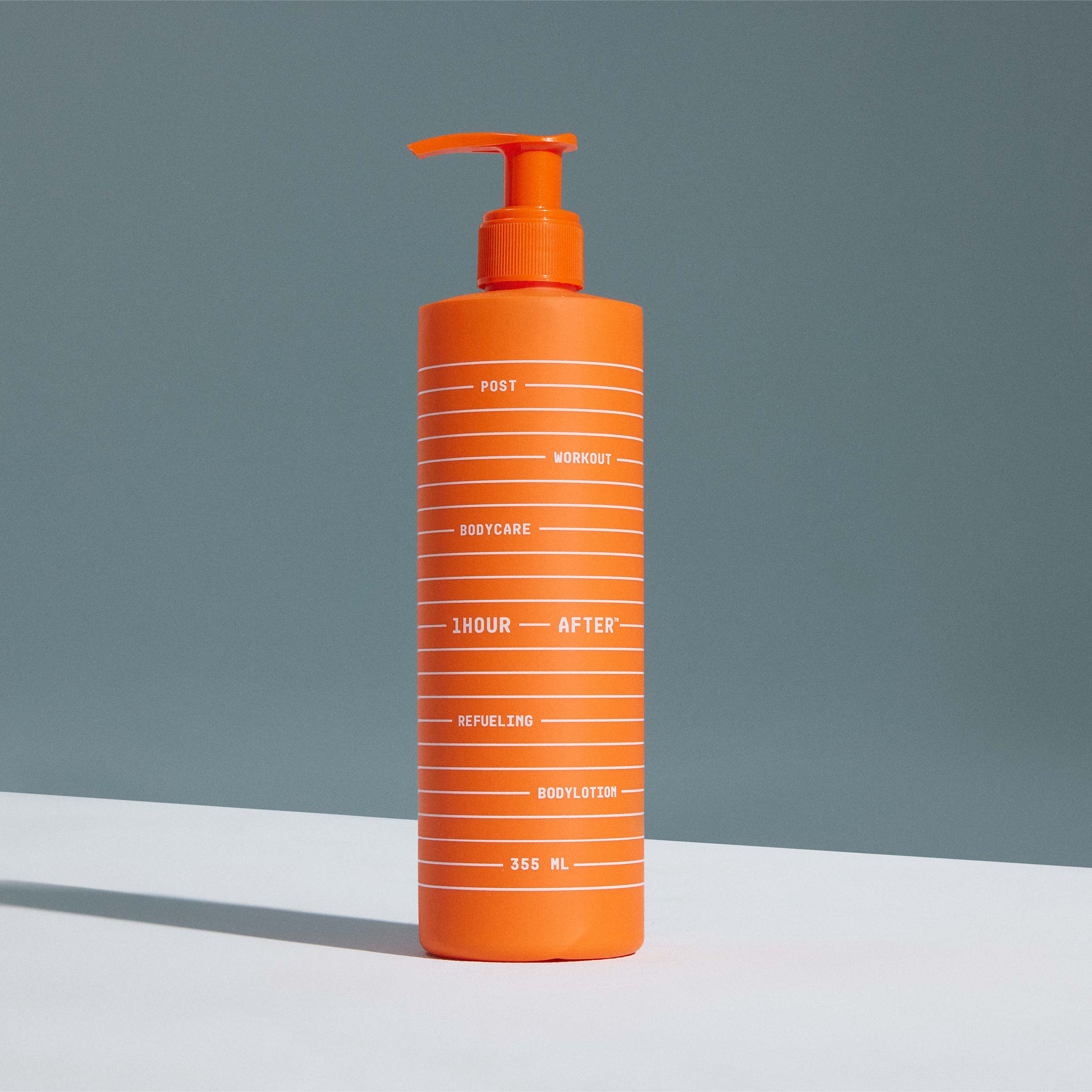
Why Magnesium is Important for Exercise Recovery
Table of Contents
Magnesium is a mineral that is very important for maintaining body functions. There are so many benefits to taking a supplemental magnesium, especially through a topical supplement (but we’ll dive into what that means later).
Benefits include helping your body maintain an average blood pressure, replenishing your muscles with their necessary energy sources, muscle relaxation, keeping your bones strong and healthy, and keeping a steady heart rhythm. All of these benefits have made supplemental magnesium an impressive aid to promoting muscle recovery after a hard workout.
Magnesium can be found in foods, such as green vegetables, chlorophyll, nuts, seeds and legumes. But, magnesium levels can be so easily depleted in your body when you stress or when you repeatedly do an exercise (like a few sets of push-ups or squats) and a dietary change of focusing on magnesium rich foods is not enough to meet your needs.
There’s also the concern that relying on a dietary intake of magnesium is lacking because of several reasons: not enough vegetables in your diet, poorly storing and processing of vegetables, or the vegetables aren’t grown in mineral-rich soil. Magnesium has to be supplemented in other ways in order to satisfy the amount needed by your body (also, everybody needs different amounts of magnesium based on age, weight, gender, whether you’re pregnant or not, etc.).
A magnesium supplement is recommended in order to meet the body’s magnesium requirement. An oral magnesium supplement (in pill form) goes directly into the digestive tract and works solely on digestive conditions. This is great for GERD, IBS, SIBO and IBD, but not so much for anything outside of the digestive tract. Large amounts of coffee, sugar, alcohol and other medications in your diet limit your digestive tract’s ability to absorb the magnesium. So, oral supplements aren’t always the best way to go.
There’s also a transdermal supplement, which is when magnesium is applied directly on the skin using a topical solution.
When you apply magnesium products onto your skin, it seeps into the first layer of your skin to really get deeper into there. Then, it will slowly release to the rest of your body. Through transdermal magnesium supplementation, you can improve exercise recovery and reduce muscle pain.
DOMS, delayed onset muscle soreness (you can read our article detailing what that is here), is a common injury that follows an intense workout. One way to alleviate some of the pain that comes with DOMS is by using a topical magnesium.
The magnesium will help replenish your body’s energy sources, get its calcium moving and help return your body to its normal state.
So, next time you’ve completed a workout, make sure to stretch, shower, apply magnesium on your skin, and eat a nutritious post-workout meal.
You can thank us later for how great you’ll feel.
- Choosing a selection results in a full page refresh.
- Press the space key then arrow keys to make a selection.




